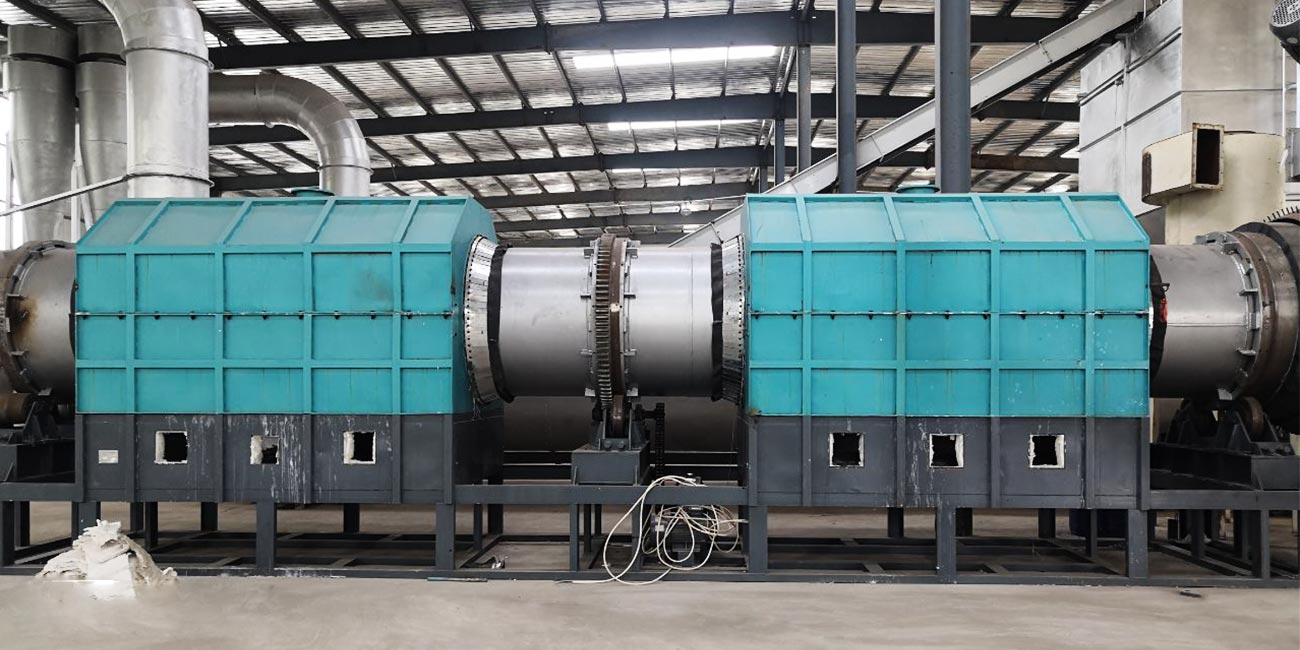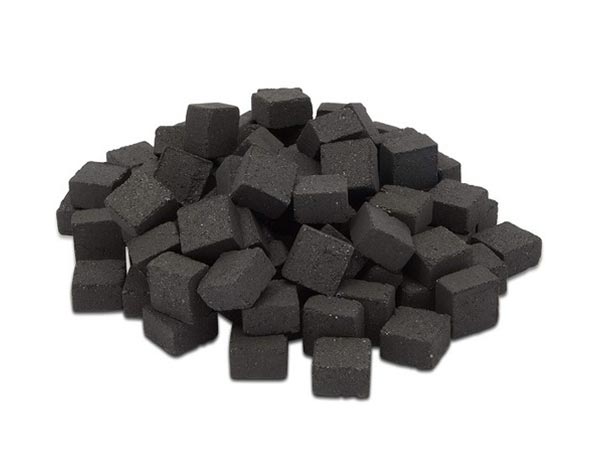Charcoal making machines are industrial machines that are designed to convert biomass, such as wood chips, sawdust, rice husks, coconut shells, and other organic matter, into high-quality charcoal. These machines use high temperatures and pressure to remove moisture and volatile compounds from the biomass, leaving behind a solid, carbon-rich material that can be used as fuel for cooking, heating, or industrial processes.
The working process of a charcoal making machine typically involves several stages, each of which is crucial to the overall efficiency and performance of the machine. In this article, we will discuss the various stages of the charcoal making process and how they work together to produce high-quality charcoal.

Stage 1: Preparation of raw materials
The first stage of the charcoal making process involves the preparation of the raw materials that will be used to produce charcoal. This may involve collecting and shredding wood chips, sawdust, or other biomass materials into small, uniform pieces. The raw materials must be clean, dry, and free from impurities such as rocks, metal, or plastic, which can damage the machine and affect the quality of the charcoal.
Stage 2: Drying and Carbonization
Once the raw materials have been prepared, they are loaded into the biochar machine. The machine uses a series of heating elements and fans to create a high-temperature, low-oxygen environment inside the chamber. This causes the biomass to dry out and then undergo carbonization, a process that converts the organic matter into solid carbon and other compounds.
During the carbonization process, the temperature inside the chamber can reach up to 800 degrees Celsius. The biomass is gradually heated to this temperature over a period of several hours, during which time it releases volatile compounds such as water, methane, and carbon monoxide. These compounds are collected and burned off, producing heat that is used to maintain the temperature inside the chamber.
Stage 3: Cooling and Collection
Once the carbonization process is complete, the charcoal is allowed to cool down slowly inside the chamber. This helps to prevent cracking and other damage to the charcoal, which can affect its quality and value.
Once the charcoal has cooled, it is removed from the chamber and collected in a container or bag. The small charcoal making machine may also produce other by-products, such as wood vinegar or tar, which can be collected separately and used for other purposes.

Stage 4: Packaging and Distribution
The final stage of the charcoal making process involves packaging and distributing the charcoal to customers. The charcoal is typically packed into bags or containers of varying sizes, depending on the needs of the customer. It may also be labeled and branded with information about its quality, source, and production process.
Charcoal made using a biomass pyrolysis plant is a high-quality, renewable fuel source that can be used for a variety of purposes, including cooking, heating, and industrial processes. By using this machine, waste biomass can be transformed into a valuable resource, reducing the need for traditional fossil fuels and helping to protect the environment.